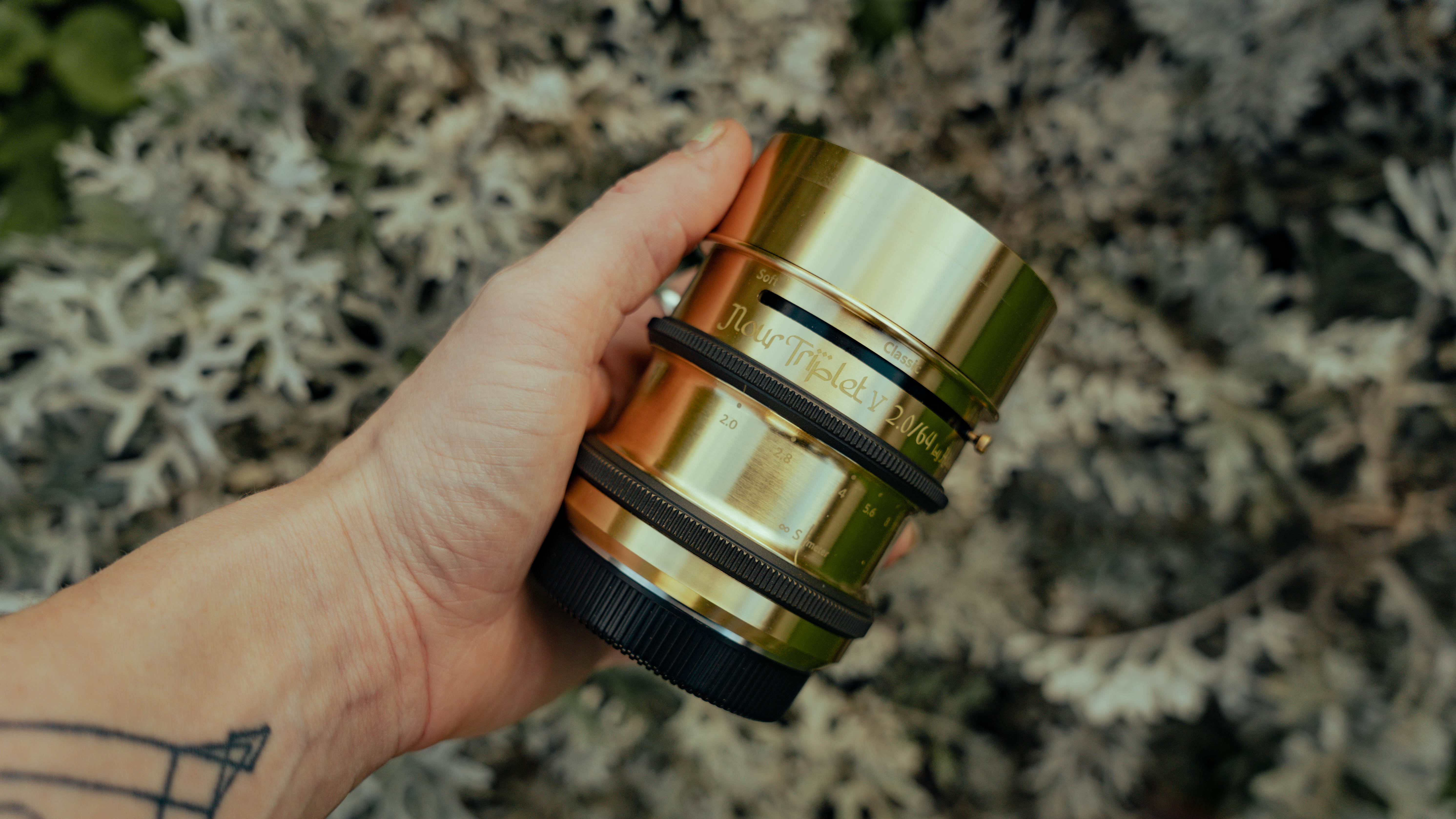
There’s a lot to be said for crop-sensor camera systems but easy bokeh isn’t one of them. To deliver a tighter depth of field, Fujifilm originally launched the Fujinon XF56mm f/1.2 R, with a super-fast aperture and an effective focal length of about 85mm. That made it a perfect portrait lens. Almost. For further improvements in bokeh, especially in terms of softening the edges of bokeh disks from the likes of defocused lights, the Fujinon XF 56mm f/1.2 R APD came along, with its ‘apodization filter’. In December, we reported that the writing was on the wall for both of these lenses, thanks to the launch of the more recent Fujinon XF56mm F1.2 R WR. In other Fujifilm news, we showed leaked images of the rumored forthcoming Fujinon XF 16-50mm f/2.8-4.8 R LM WR standard zoom.
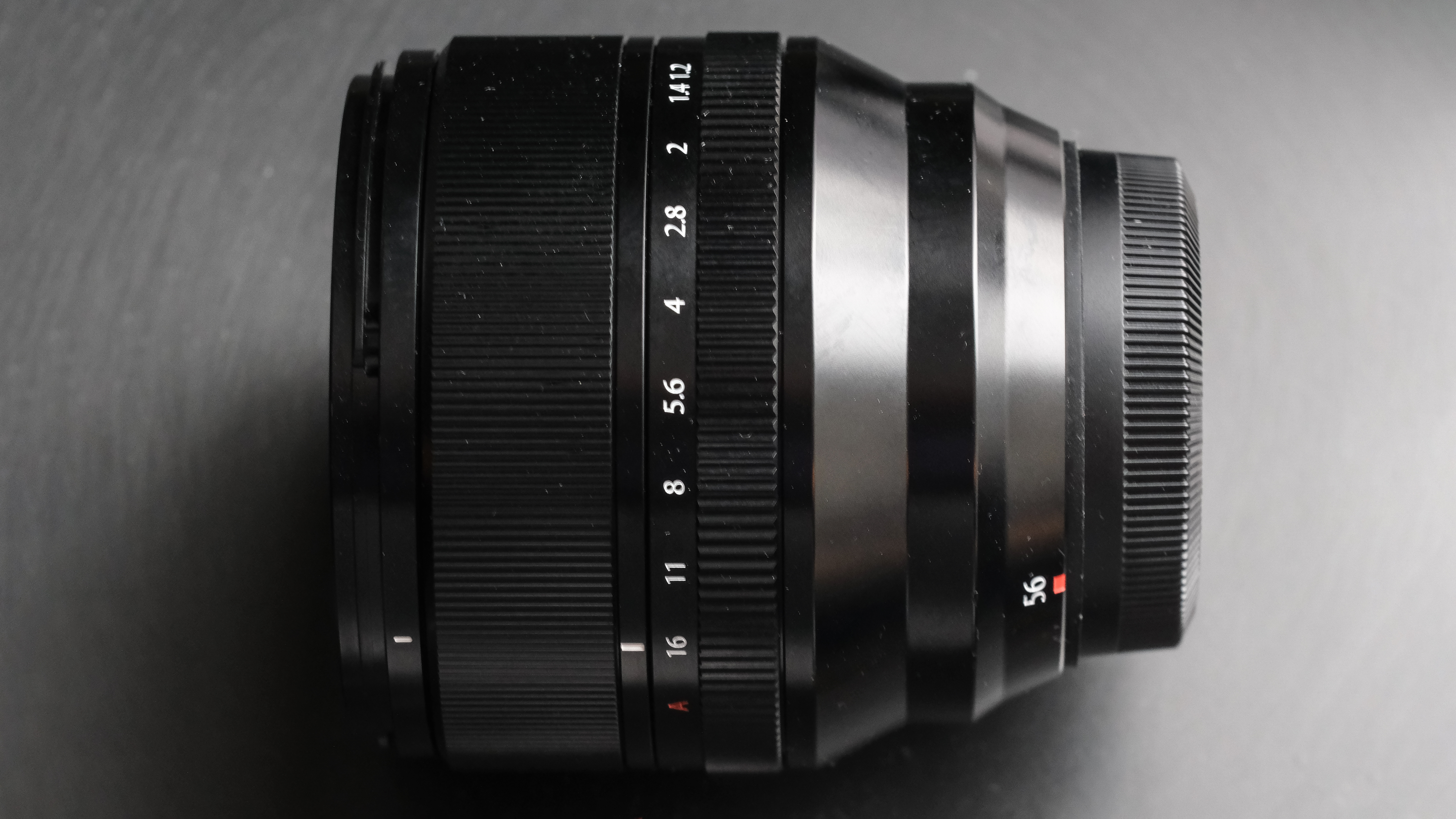
Sticking with the Fujifilm rumor mill for a little longer, there was talk of 40 new Fujinon X-mount lenses. Well, not exactly. It was more talk of a new Boryoza mount adapter that would enable the use of X-mount lenses on APS-C format Nikon Z-system cameras, and complete with autofocus. That’s a pretty big rumor, considering that own-brand Nikon DX format Z-mount lenses are still very thin on the ground.
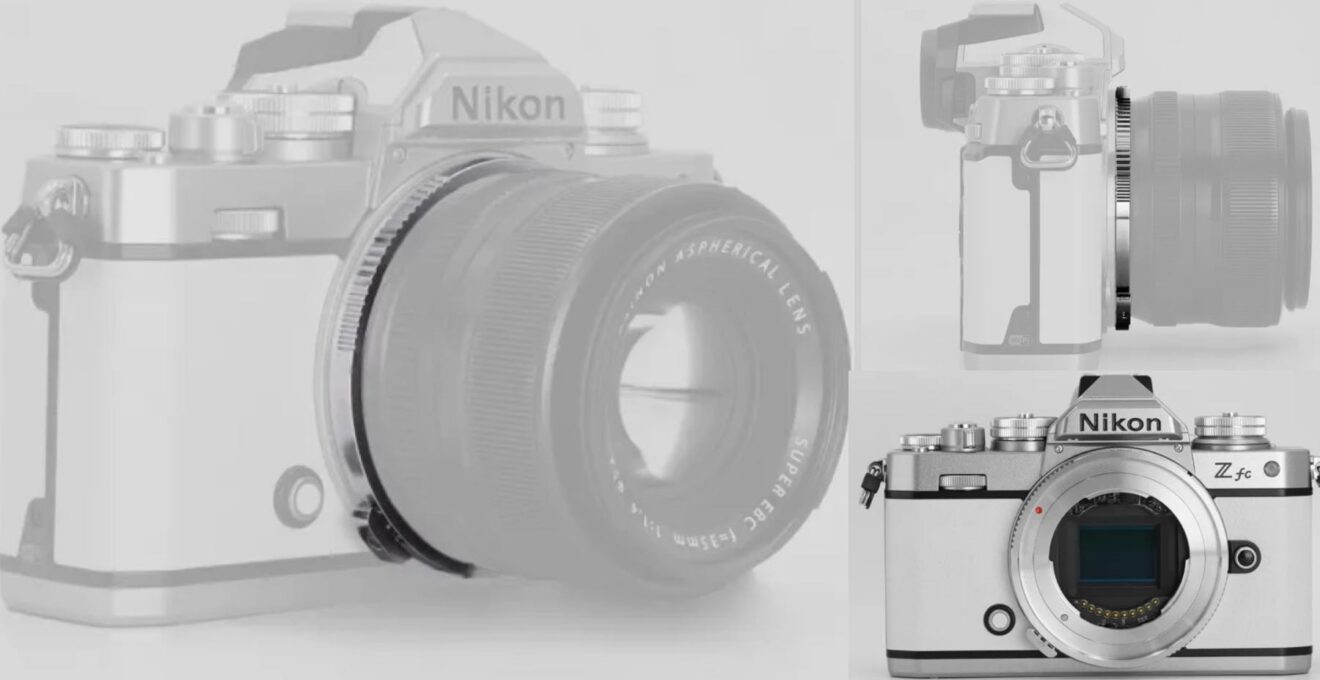
There was big news for 7Artisans as well, the independent lens manufacturer announcing its first ever autofocus lens. And where better to start than with a nifty fifty? In this case, it was the full-frame compatible 7Artisans 50mm f/1.8 prime for Sony E-mount mirrorless cameras. 7Artisans also announced a new ultra-wide 14mm cine lens for full-frame cameras while, from the similarly titled company, there was a new TTArtisan 10mm f/2 ultra-wide-angle prime that we thought might just be the biggest bargain of the year, available in Sony E, Fujifilm X, Nikon Z, Canon RF, and MFT mount options.
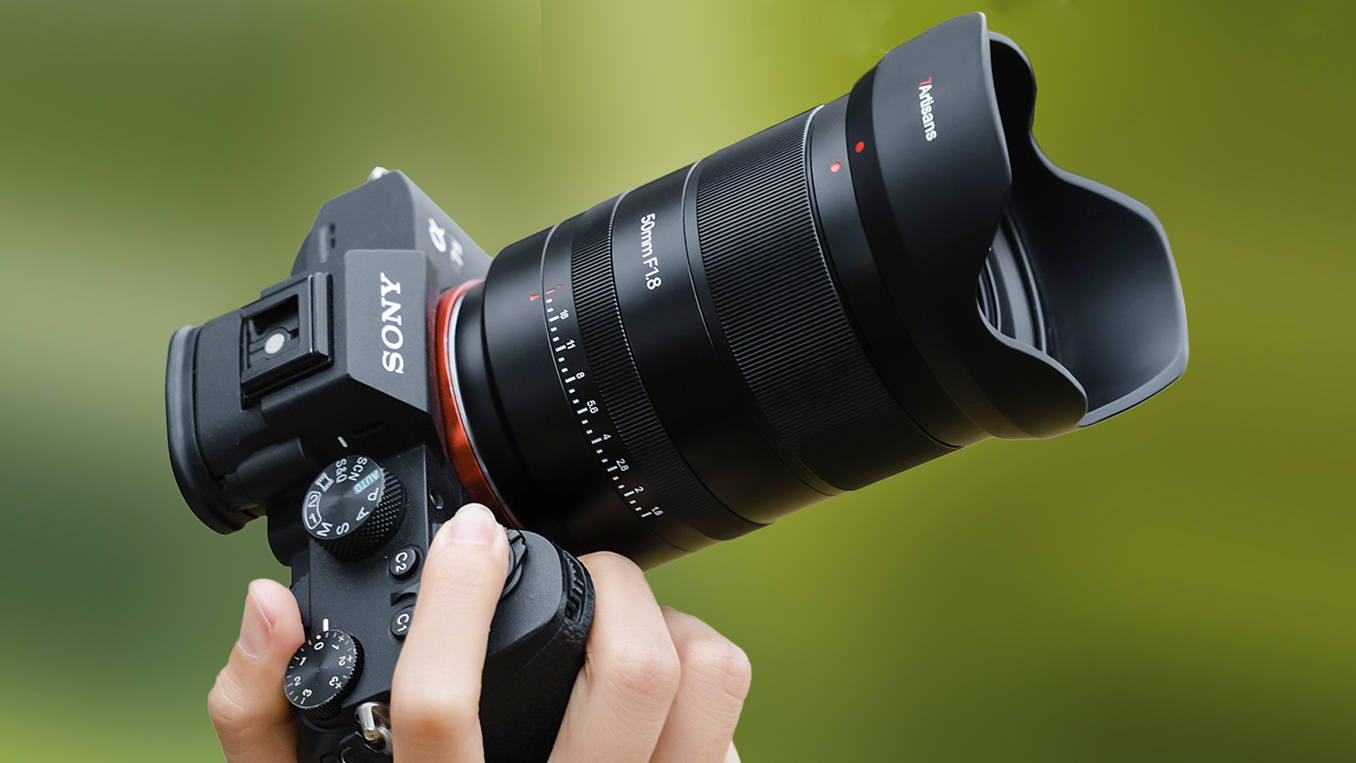
Bringing a historic brand name to Canon RF mirrorless cameras, Cosina announced a Voigtländer 40mm f/1.2 lens as its second manual Nokton prime in Canon RF mount. Not to be outdone, the own-brand giant published a patent for four new Canon lenses with defocus smoothing. Meanwhile, in the medium format camp, the Rodenstock 70mm XT Tilt HR Digaron-W f/5.6 became the third tilt-shift lens for the Phase One XT 150 megapixel camera.
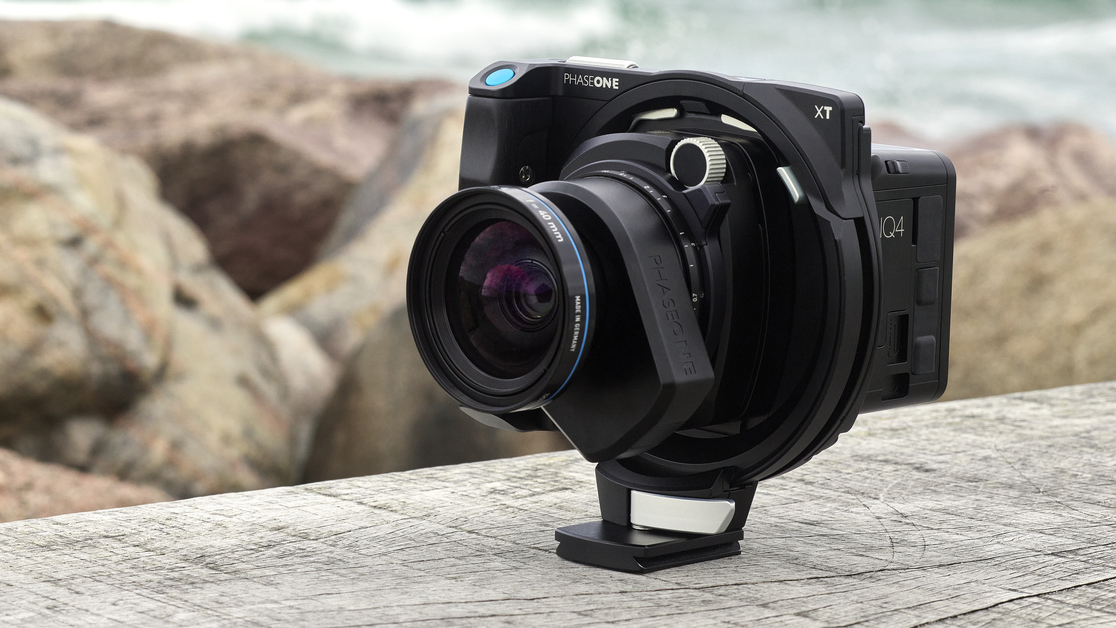
We reviewed some really exciting new telephoto zooms in December. First up was the Sigma 70-200mm f/2.8 DG DN OS Sports, a revamped version of the trinity lens for Canon and Nikon DSLRs, this time for mirrorless Sony E-mount and Leica L-mount mirrorless cameras. Next up was the Tamron 70-180mm F2.8 Di III VC VXD G2, a completely revitalized version of the original ‘alternative trinity’ lightweight zoom for Sony E-mount cameras, this time with upgraded optics and autofocus, plus the addition of optical image stabilization.
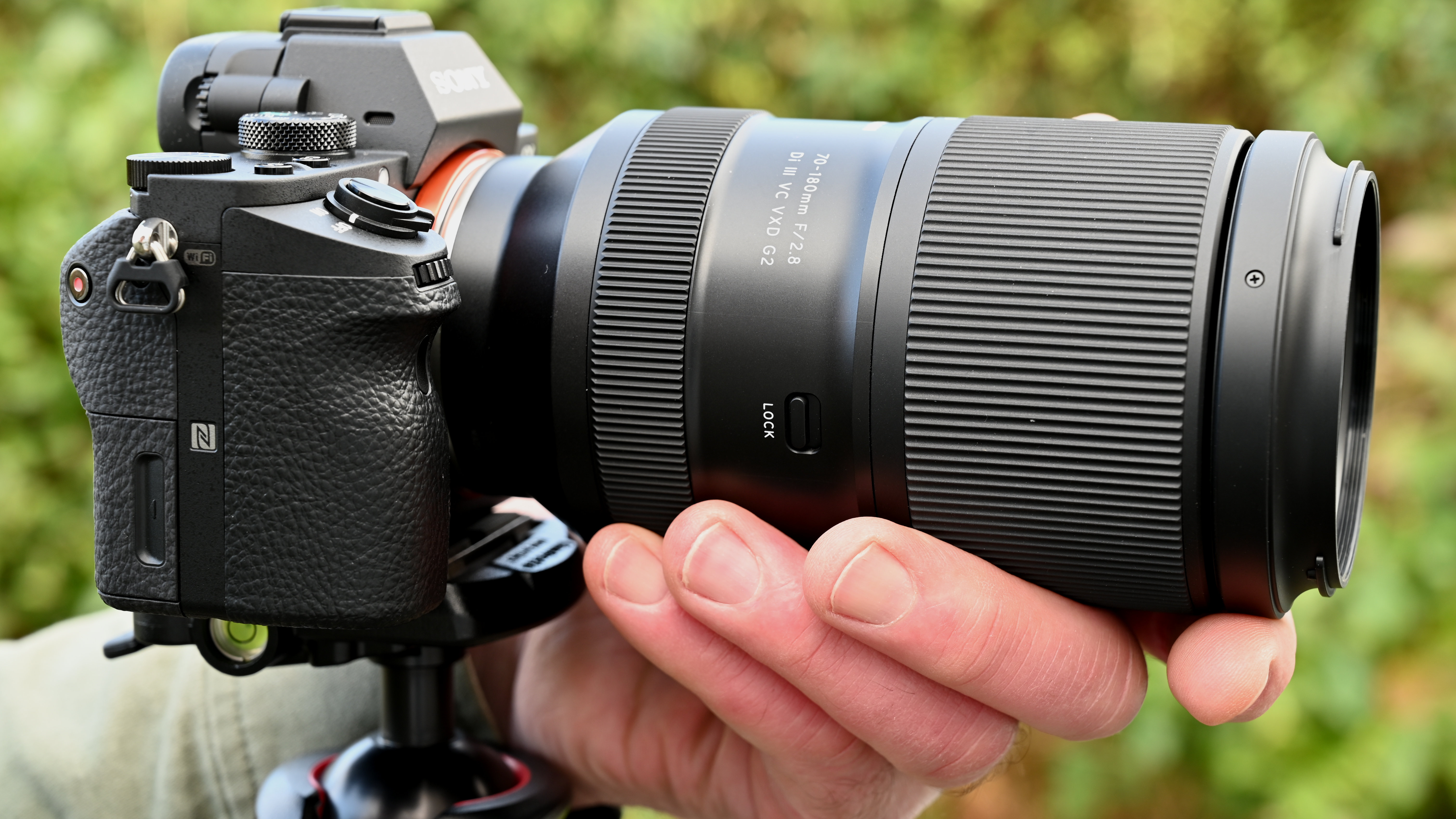
We also put Nikon’s claims to the test, that its Nikon Z Teleconverter TC-1.4x and Nikon Z Teleconverter TC-2.0x Z-mount teleconverters don’t cause any degradation in image quality or all-round performance. Our findings weren’t completely in line with those claims!
Another new lens that really caught our attention was the 7Artisans 9mm F5.6, an astonishingly wide-angle rectilinear manual lens for full-frame Canon RF, Leica L, Nikon Z, Sony E mount mirrorless cameras, and one that gives a genuine wow-factor when you put your eye to the viewfinder.
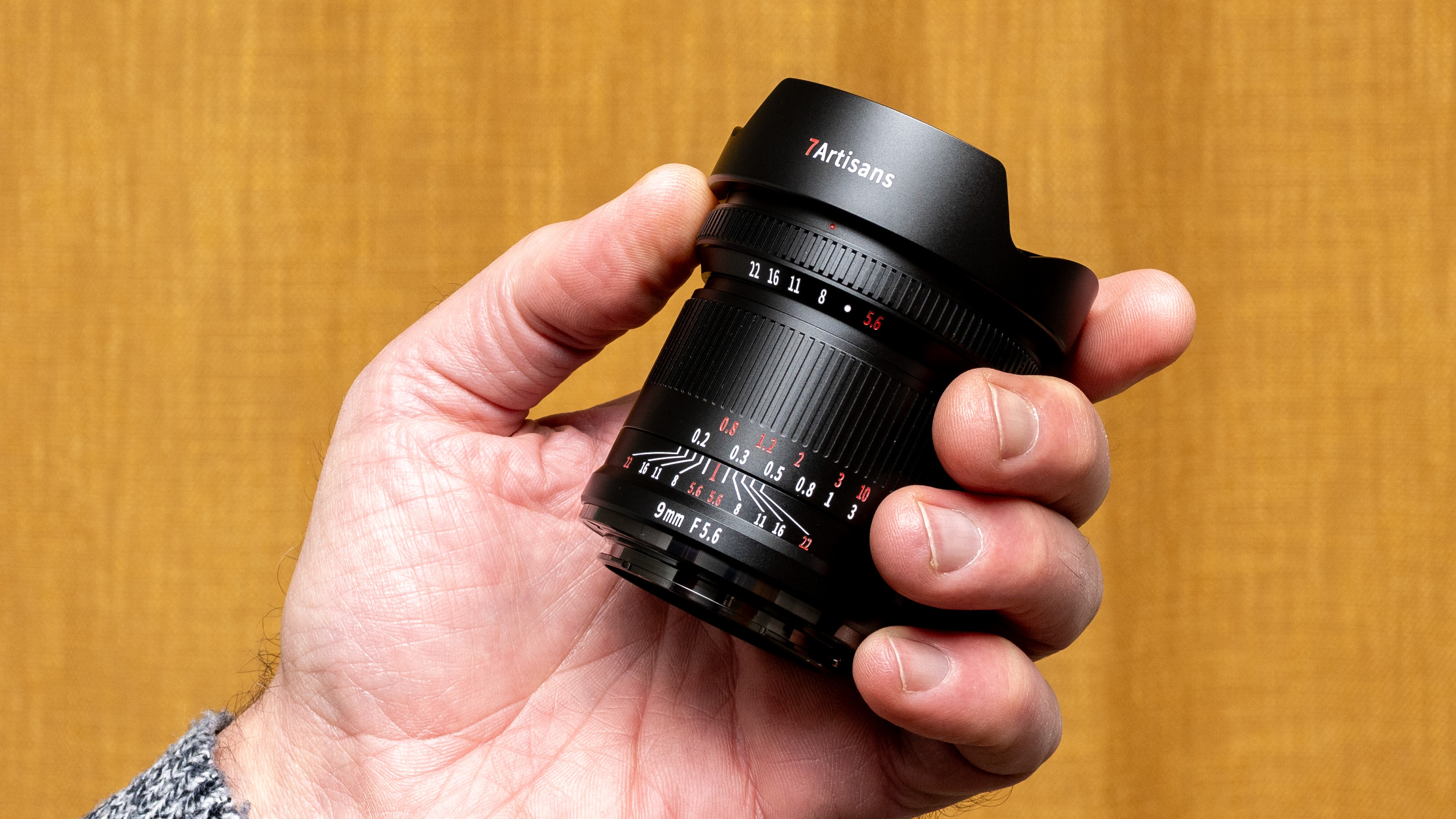
Leica reviews included the Leica 24-70mm Vario-Elmarit-SL f/2.8 ASPH, Leica 50mm Summilux-SL f/1.4 ASPH and Leica 90mm APO Summicron-SL f/2 ASPH, a luscious trio of lenses. And not a moment too soon, we ran an Olympus M.Zuiko 40-150mm f/2.8 Pro review, saying ‘it isn't just the best telephoto trinity lens for Micro Four Thirds, it makes me money!” On a more quirky note, we reviewed the Lomography Nour Triplet V 2.0/64 Bokeh Control Art Lens, commenting on its dreamy bokeh along with a few foibles.
